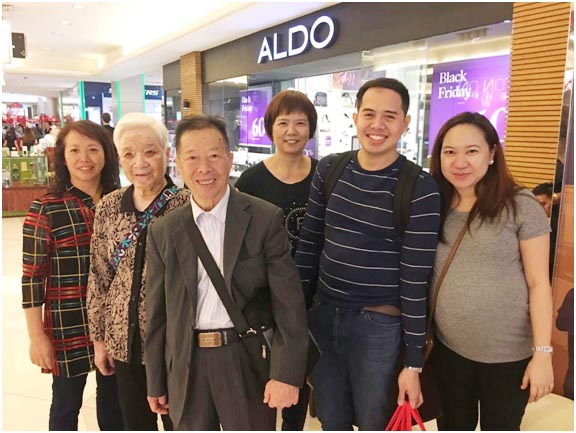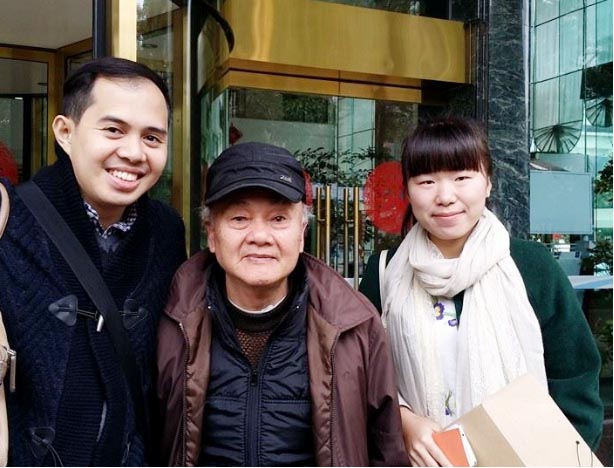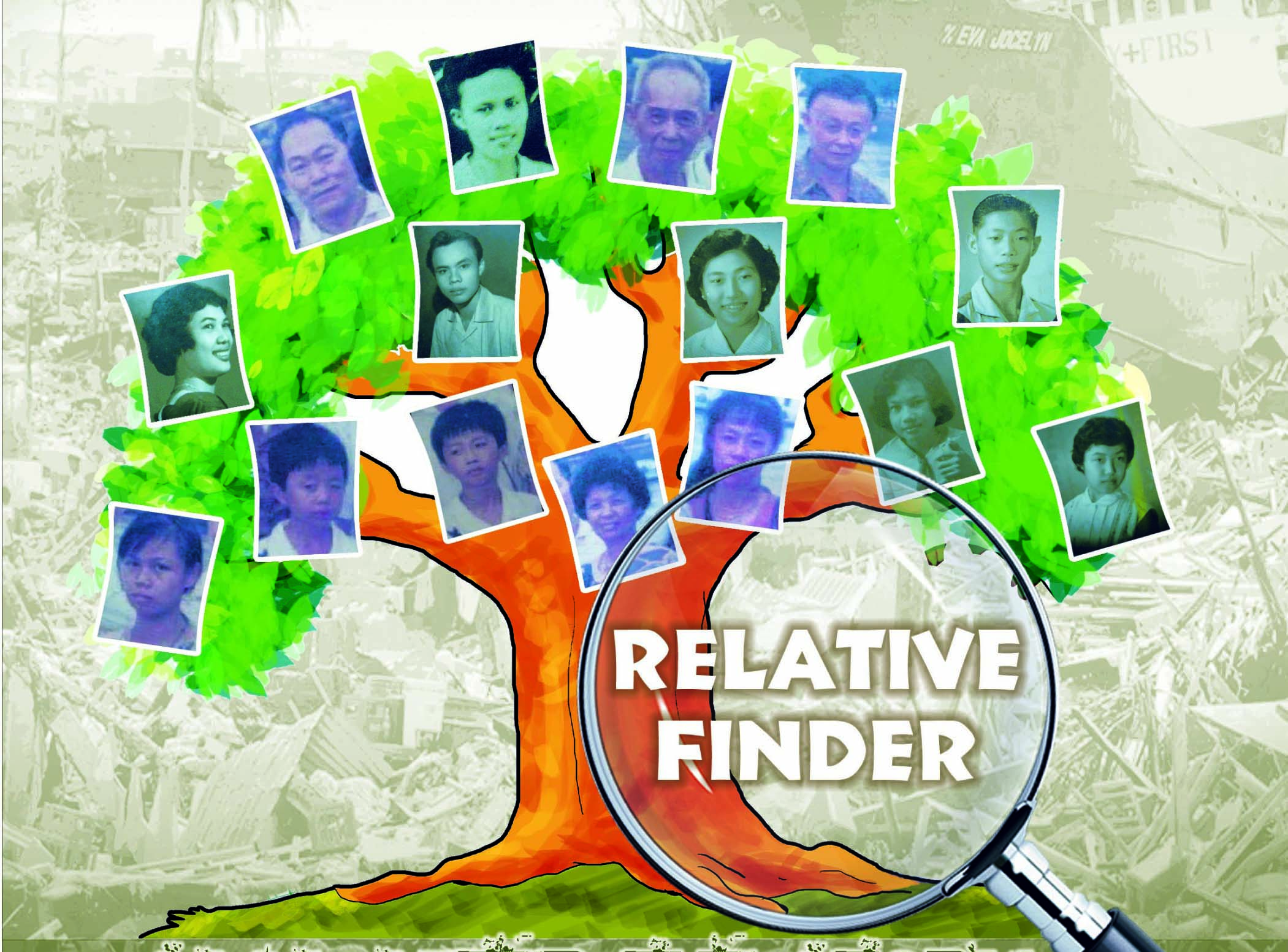My search for missing Chinese relatives have led me through winding paths and side trips to unexpected destinations. The journey has enriched my life, broadened my horizons, and put me in touch with many people.
After my visits to the Calbayog cemeteries searching for Li Xianggu’s tomb, I learned of a survey done in the 1990s on grave markers in Chinese cemeteries. It was by a joint team composed of Kaisa Para Sa Kaunlaran, National Historical Institute (now the National Historical Commission of the Philippines) and Institute of Modern History, Academia Sinica of Taiwan.
The survey results did not include Calbayog’s Chinese cemeteries. So I submitted photos of all upright tombstones in the old cemetery for Kaisa’s photo archives.
Through Kaisa, I met Dr. Catherine Guéguen, a geographer from the Paris-Sorbonne University and fellow Tulay contributor.
She was studying the geography of Chinese cemeteries in the Philippines and she was excited to know of cemeteries in Samar (including Calbayog’s).

These were not on her list of cemeteries to visit. I also shared with her the photos of the old cemetery.
Calbayog’s old Chinese cemetery did not appear on the radar of both researches so I was glad I was able to contribute to these studies.
Another aspect of my research – seeking names among the records at the Chinben See Memorial Library at the Kaisa Heritage Center in Intramuros, Manila – bore another happy side effect.
It was there that I met Tulay Gems of History columnist and author Go Bon Juan, who encouraged me to write about finding my China relatives.
And here I am.
Experience and aspirations
It has been more than a decade since these photos were passed on to me. Because of this unresolved – or incomplete – search, I learned that there are two ways of searching for relatives.
One is the more efficient process: letter’s names and addresses. The other involves traveling a less predictable path: relying on photos.
Indeed, it is inefficient but one should follow all leads available and not leave things to fate. Some destinations are incorrect but they yield discoveries in their own right!

It is through these photos – and my attempt to find the people in them – that I came to Tulay. I have made several finds with Tulay’s help, and perhaps Tulay’s readers could help me unlock the secrets of these remaining photos to identify their owners or the owners’ descendants.
A decade’s search was not a waste of effort. For me, it was a journey worth taking and much was learned along the way. I do not know if the remaining part of this search will be successful. And if so, when.
I hope one day it will have its own conclusion.
But that does not matter so much. I truly appreciate the journeys now more than ever and I look forward to the next chapters of this quest. In writing this one, I hope I have kept alive the memories of some of those persons in these photos.
A descendant may, perhaps someday, come face to face with their roots. Someone out there may yet help me in this quest. Perhaps someday, someone will recognize them. (For more information and comments, email [email protected].) — First published in Tulay Fortnightly, Chinese-Filipino Digest 28, no. 4 (July 21-August 3, 2015): 10.
